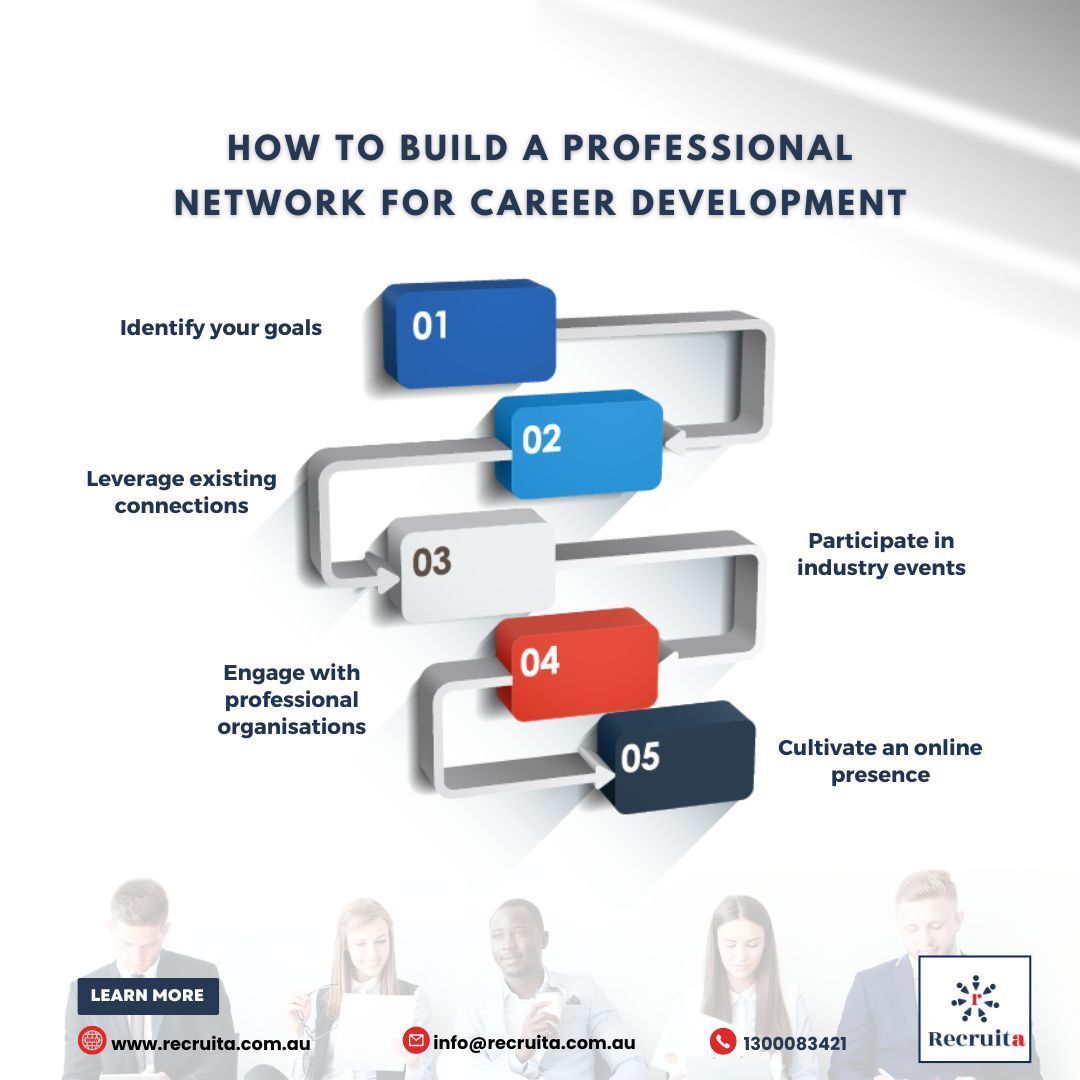The 6 skills every future leader needs
In this new and unpredictable world, relying on generic, traditional leadership approaches won’t be enough to keep up with the evolving demands of businesses. The world of work is forever changed, creating a need for better tools for leaders and managers to use to drive success. Organizations are becoming increasingly flat and networked, with dispersed workforces operating in hybrid, remote and in-person working arrangements. Old methods of managing people and leading teams are no longer effective.
By 2025, 75 percent of the workforce will be Millennials, with Gen Zers swiftly entering the workforce and on track to becoming the most diverse generation in U.S. history. Millennials want flexibility, career progression, meaning and purpose in their work. While these perks also appeal to Gen Zers, they will approach the workplace differently than their earlier counterparts, looking for personalized career experiences with a focus on connection and a commitment to social and environmental equity.
These structural and generational forces are heavily shaping what effective leadership looks like. As the future remains uncertain and employees increasingly seek to elevate and personalize their work experiences, organizations must reevaluate their talent development strategies, dusting off what is generic and outdated. It’s imperative to equip leaders with the skillset to fulfill the demands of a more human-centric approach to work, meeting the new post-pandemic expectations of employees while bracing for the effects of global warming and the rapid proliferation of artificial intelligence.
While 83 percent of employers believe developing leaders at all levels is crucial, only 5 percent of companies have integrated leadership development into their business. No wonder 63 percent of Millennials feel their leadership skills are not being fully developed, with 71 percent reporting they will leave their job within two to three years if they don’t get access to leadership development and opportunities to grow.
The good news is that humans are biologically wired to grow, learn and become the best versions of themselves. If organizations offer leadership development programs focusing on the necessary skills for leading the future of work, they can greatly increase their success across critical metrics such as innovation, time to market, customer loyalty, employee engagement and retention.
Neuroscientists have discovered surprising information that gives us a new understanding of how to bring out the best in others and create an optimal work environment. Here are the six critical skills that future leaders must develop to meet the challenges and expectations of a shifting workforce.
Key skill #1: Managing people
Organizations often promote individuals to leadership positions based on their prior accomplishments rather than their ability to lead and manage others effectively. Gallup found that “only 18 percent of managers demonstrate a high level of talent for managing others—meaning a shocking 82 percent of managers aren’t very good at leading people.” It’s no surprise that this has implications for your talent. More than half (57 percent) of employees say they have quit a job because of a bad boss, and of those who stayed, one-third seriously considered leaving. And a whopping 84 percent of U.S. workers say poorly trained managers create a lot of unnecessary stress, even stifling innovation and risk-taking.
The good news is that managing people is a skill and can be learned with proper training and coaching. Leading today’s multigenerational and dispersed workforce requires a mindset shift—making the critical pivot from star performer to facilitator and realizing that success is now measured by creating the conditions for others to do their best work.
Leaders need to become authentically curious about their people, discovering what drives their sense of purpose, assessing their capabilities and providing the right support to accelerate their performance and confidence. The best people leaders tailor their approach and stay nimble to the different needs of their employees.
A one-size-fits-all to managing others won’t work in today’s hybrid world. For example, if a leader with a more directive style approaches all employees the same way, regardless of developmental level and tenure in the organization, they will likely get responses that range from appreciation to complaints of micromanagement. On the other hand, a hands-off style can leave some employees feeling overwhelmed while others thrive. A critical skill is the ability to accurately assess each employee and deliver the right kind of support, flexing as they grow and develop over time.
Key skill #2: Coaching for impact
Employees today expect their managers to act as coaches, not bosses. Appealing to them will require frequent check-ins and a personalized career experience beyond the one-and-done performance review. Research shows that for employees who check in at least weekly with their managers, 43 percent report being highly engaged, compared to 29 percent for those who don’t.
But not all check-ins are created equal. Leaders must be adept at wearing different hats throughout the day—sometimes of a coach, a mentor, a teacher, an adviser, or a leader—to best respond to the needs of an individual employee or team. Successful people leaders correctly identify what each employee needs, distinguish between different coaching styles, and use them to guide employees to achieve and exceed their potential. They understand skills training is best suited to employees who are new to career, new to organization or new to role. They set clear expectations and provide training on the skills needed for the employee to succeed. Over time, the best people leaders slowly reduce skills coaching and dial up clarity coaching, where they help cultivate the independence and confidence of the employee, leading to high levels of autonomy and trust.
Key skill #3: Increasing emotional intelligence
Emotional intelligence (EQ) has always been important, accounting for 80-90 percent of competencies that differentiate top performers. In fact, it’s twice as predictive of performance than IQ. EQ is consistently listed in “top 5 skills” lists, but as AI and other technologies proliferate, Klaus Schwab, the Chair of the World Economic Forum, believes EQ will become even more important for organizational success.
Self-awareness is the key that unlocks potential and is “the bedrock of emotional intelligence.” Donald Clifton’s research found that self-awareness was the single characteristic that great leaders share. You cannot learn to be a great leader without understanding yourself first. Leadership development programs must include critical topics like self-awareness and self-regulation, giving leaders the tools they need to understand and manage their own emotions in all kinds of settings. This includes understanding their core values, sense of purpose and personal history of triggers.
But that is only half of the equation because leaders are also responsible for cultivating the emotional intelligence of their people and teams. One study found that 75 percent of derailed careers are related to emotional competencies like self-regulation and empathy, so leaders must play a vital role in developing this critical skill in others.
Further, leaders need the skill to manage the collective EQ of their team or group as workplace conflict is often the result of clashing values, workstyles or triggers. “Reading the room” by observing and understanding the team’s collective mood is critical to moving them to a more productive place. When EQ on a team is high, the workplace is more empathetic, inclusive and harmonious, leading to higher productivity and engagement for all. It’s no wonder that studies show an ROI as high as 1000 percent for EQ training.
Key skill #4: Creating high-performing teams
The majority of today’s work is done in teams and neuroscience reveals that high-performing teams achieve neural synchrony. A common misconception among new leaders is that combining intelligent, talented and motivated people is enough to create a high-performing team. However, several studies show that this talent equation doesn’t always add up. Google’s Julia Rozovsky stated, “We were pretty confident that we’d find the perfect mix…for a stellar team. We were dead wrong. Who is on a team matters less than how the team members interact.”
Regardless of their composition, all teams go through a predictable process of learning how to work together. Understanding how teams develop over time allows leaders to assess where their teams are and develop the right interventions to help teams succeed. Did you know that teams typically follow one of two paths? One is increasing connection and productivity leading to peak performance and the other is a slide into dysfunction and learned helplessness. The path is ultimately determined by what happens in those early meetings, and something the leader can greatly influence.
Harvard’s Amy Edmondson identified psychological safety as a critical aspect for building high-performing teams. Leaders play a key role in creating the conditions for people to feel comfortable being themselves and taking chances without fear of judgment and repercussions. In fact, “leaders can influence nearly every one of the top factors associated with high psychological safety,” finds a report by Workhuman.
Leadership development programs should give leaders the skill to build and rebuild great teams through creating psychological safety, monitoring team development and providing the necessary interventions to keep the team on the path to peak performance.
Key skill #5: Leading effective change
Leading change is a crucial aspect of a leader’s role. Yet, many need more skills and support to lead change effectively. A Harvard study found that 50-70 percent of all change initiatives fail, while 29 percent of organizations report their initiatives launched without support. The good news is that leading change effectively is a learned skill.
Humans are biologically wired to resist change. Our brain instinctively sees change as potential danger until enough information proves otherwise. In the absence of a clear narrative, our brain creates its own, opting to base it on the worst-case scenario since doing so is most likely to protect us.
When change fails, it’s usually not because it was ill-conceived or poorly designed but because leaders did not communicate effectively or lead appropriately, triggering even more resistance. When leaders understand the biology of change, they can do a much better job leading people and helping them become more adaptive and resilient.
Finally, change does not happen in isolation. Organizations often launch multiple initiatives simultaneously without considering how they may affect their employees who in the end, will play a significate role in determining the success or failure of these initiatives. I share with my clients that every organization should consider having a “change controller.” Much like an air controller that works to avoid clashes by coordinating flights coming in and out, future leaders will need to look at changes coming in and out in the organization, function and team levels to avoid clashes, failure and employee burnout.
Key skill #6: Driving execution and accountability
Driving execution and accountability is part of every leader’s job description. But executing a vision and inspiring results can be challenging without the proper training. A study from Franklin Covey, an organization dedicated to developing leaders, found that poor leadership execution accounts for 80 percent of strategic failures. To improve strategic failures, leaders need the right training to drive execution and accountability in their organization.
It is important to distinguish between a company’s strategic goals, which drive the organization’s progress, and its operating goals, which involve the day-to-day tasks and responsibilities. Only 5 percent of employees report being aware of or understanding their company’s strategy and 61 percent of senior executives acknowledge their organizations need to do better at bridging the gap between strategy and day-to-day implementation. The key is to make a clear distinction and communicate it frequently to employees so they can understand the direct link between their work and how it contributes to the company’s overall objectives.
Leaders who can inspire their teams to achieve results are the ones who are successful. Reporting and measuring these results is crucial for the organization’s overall benefit. Future leaders need to be skilled at establishing a series of interconnected measures that span from the highest level of the organization down to the lowest. Leaders must frequently measure and analyze data to better understand their execution effectiveness so their organizations can remain agile and competitive in uncertain times.
The future workplace is shaped by socioeconomic and technological trends, resulting in a more interconnected, flat, multi-generational and human-centric environment. To succeed in this landscape, future leaders must demonstrate mastery of the six critical skills required to lead tomorrow’s workforce. Organizations must facilitate the appropriate training, learning resources, and opportunities to practice the skills of tomorrow today.
SOURCE https://www.talentmgt.com/articles/2023/10/04/the-6-skills-every-future-leader-needs/



